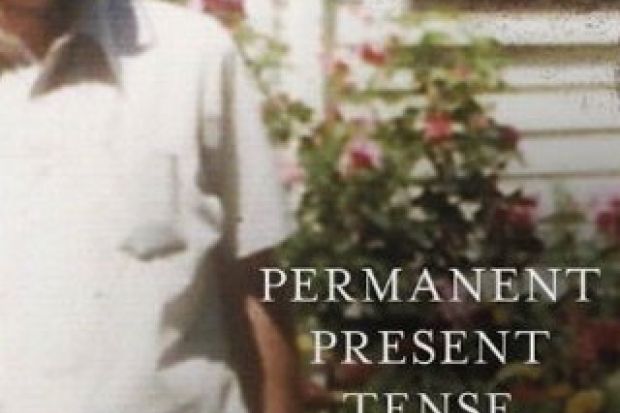In 1953, at the age of , Henry Gustav Molaison (known to the world only by his initials, H. M.) underwent a radical and, in the words of his neurosurgeon, “frankly experimental” operation to treat his debilitating epilepsy. This surgery removed two finger-shaped slivers of his brain that were thought to be responsible for his seizures: his medial temporal lobes. When he awoke, it was clear that something had gone disastrously wrong. From that point forward, Patient H. M. was moored in a permanent present tense, unable to form or retrieve new declarative memories (memory for facts and events). Every conversation he had, every person he met, every experience he enjoyed, he was destined to forget.
But Patient H. M.’s personal tragedy was humanity’s gain. For nearly five decades until his death in 2008, he allowed Suzanne Corkin and more than 100 other scientists to study him. Through their work, he became the most comprehensively documented, and arguably the most important, single patient in the history of neuroscience.
Corkin offers a comprehensive and engaging review of how the field of neuroscience came to learn what we know about memory, all woven into the touching biography of one man. Patient H. M.’s story traces the origins of the field, from the dark days of frontal lobotomies to the transformational work of the great neuroscience pioneers Wilder Penfield, Donald Hebb, Brenda Milner and Eric Kandel. His case launched the era of modern memory research. His injuries gave rise to the fundamental insight that memory is critically dependent on specific areas of the brain (the areas damaged in the operation performed on him) rather than being distributed uniformly throughout the cerebral cortex.
Based on what Patient H. M. could – and could not – remember, we learned that what we call “memory” is not a single entity but rather a collection of distinct abilities. He could not build up memories of his life as he lived it, but he could show “memory without remembering” – termed nondeclarative memory, which cannot be verbalised or consciously recalled but is expressed through improved performance despite no memory of the original learning episode. For example, Patient H. M. was able to develop new memory for motor skills (such as riding a bicycle). He also seemed able to perceive information accurately, and could remember that information over the short term (approximately 30 seconds, provided there was no distraction). These observations of his impaired (declarative memory) and spared (short-term memory, perception and nondeclarative memory) abilities established guiding principles in the cognitive neuroscience of memory.
But Corkin also goes beyond scientific questions to metaphysical ones: what is it like to live a life without memory? Patient H. M.’s case was tragic, but he rarely seemed to suffer. He always lived in the moment, unburdened by ruminations about the past or worries about the future. In his own words: “Sometimes it is better not to remember.”
Above all else, the book is a tribute to one man and his contribution to science. Corkin studied him for 46 years and knew more about him than any other person – likely more than Patient H. M. himself. The relationship between the researcher and her research participant is an unusual one, a delicate balance of intellectual distance and intense caring. This balance is reflected in the dramatic account of Patient H. M.’s final experiment: the donation of his brain to post-mortem analysis. Corkin’s description comes alive with details that only someone who cared deeply about him would notice – the patchwork quilt that wrapped his head as his body exited the hearse, and linking his final flight (that of his brain to a lab in San Diego for dissection) to one of his only two enduring autobiographical memories (the thrilling “sky-ride” flight he took on his 13th birthday). Corkin respected him as not only a friend, but also an invaluable contributor to science, and I was struck by her fervent dedication and insatiable desire to understand – in her words – “how something so intangible as a thought or fact can lodge itself for decades in the living tissue of the brain”.
The mystery is by no means solved. Recently, other researchers have found that short-term memory, perception and some forms of nondeclarative memory – all intact in Patient H. M. – were impaired in other amnesiacs with damage similar to his. We can only hope that future patients are as generous and good-natured, and the researchers studying them as talented as Corkin.
Permanent Present Tense: The Man with No Memory and What He Taught the World
By Suzanne Corkin
Allen Lane, 384pp, £20.00 and £11.99
ISBN 97818461410 and 9780141931562
Published 15 May 2013
Register to continue
Why register?
- Registration is free and only takes a moment
- Once registered, you can read 3 articles a month
- Sign up for our newsletter
Subscribe
Or subscribe for unlimited access to:
- Unlimited access to news, views, insights & reviews
- Digital editions
- Digital access to THE’s university and college rankings analysis
Already registered or a current subscriber? Login




